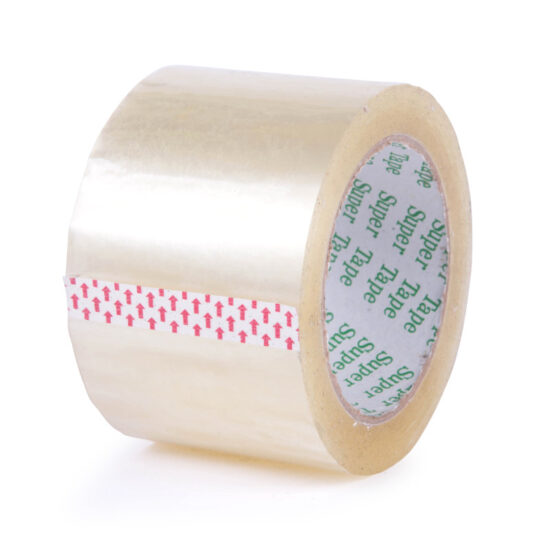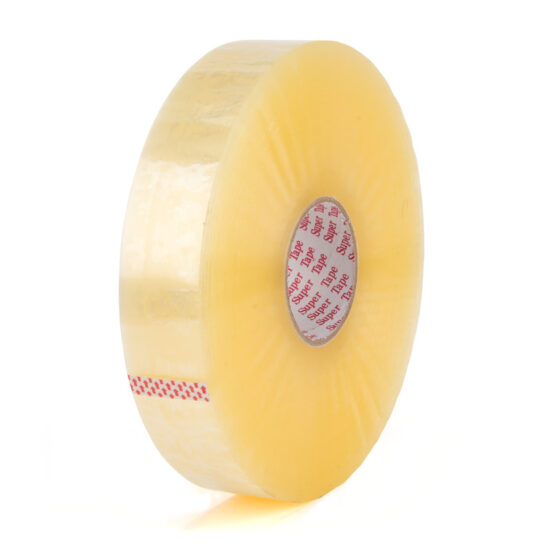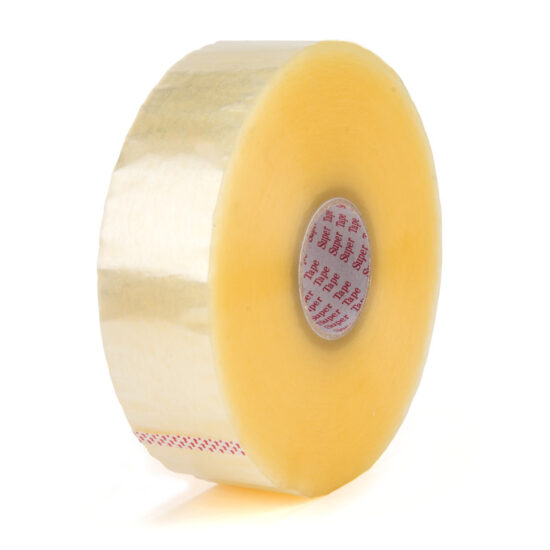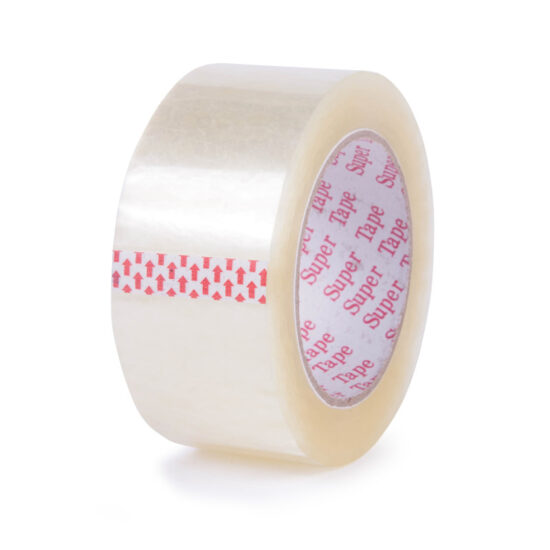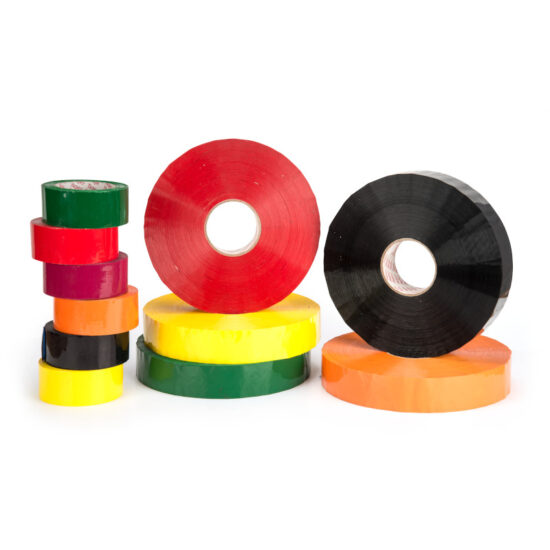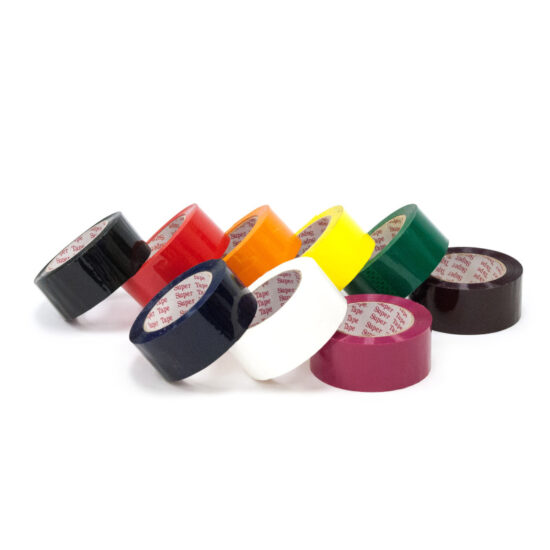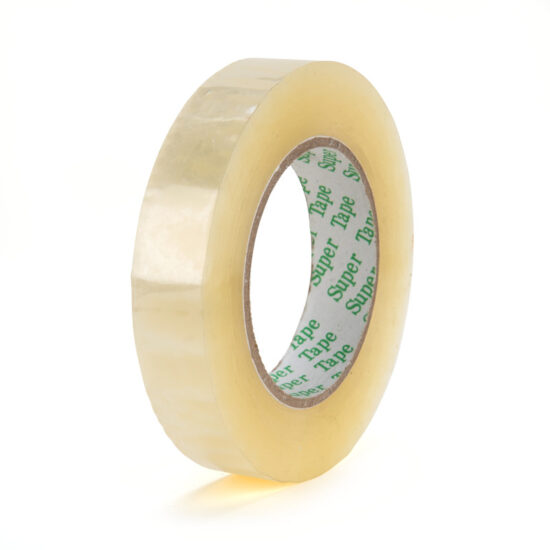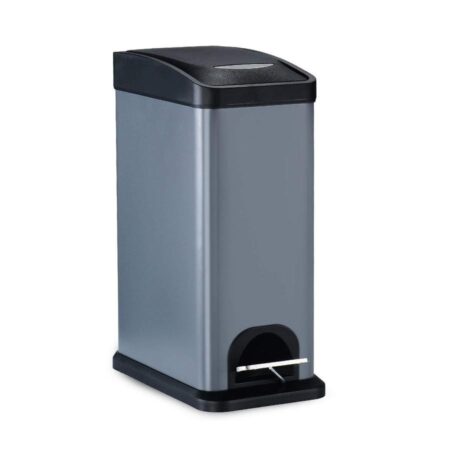Tape shelf life is a crucial factor to consider when using various types of tape for your packaging needs.
The lifespan of any tape depends on several factors, including storage conditions and the materials used in the adhesive.
This blog post will discuss different types of tape, their shelf life, and the importance of proper storage.
We’ll also provide cost comparisons between new and old tape to demonstrate the benefits of investing in new, high-quality tape.
Table of Contents
Does Packing Tape Go Bad?
Yes, packing tape can go bad over time. The shelf life of packing tape depends on several factors, including storage conditions and the materials used in the adhesive.
For example, acrylic carton sealing tape may lose its tackiness over time, resulting in less effective sealing.
Natural rubber tape can become powdery and unusable if left sitting too long. Old masking tape may have dried-out glue, leading to no tack at all.
Proper storage and timely usage are crucial for maintaining the quality of the tape. Investing in new tape ensures better quality, strength, and effectiveness, ultimately saving time and money.
Acrylic Carton Sealing Tape
Acrylic carton sealing tape is commonly used for packaging purposes.
A new roll of this tape has excellent tack, ensuring a strong bond between the tape and the surface it’s applied to.
Over time, the tack decreases, resulting in less effective sealing. An old roll of acrylic tape might not be as sticky as a new one, compromising the seal on your packages.
Imagine the tape’s adhesive is like chewing gum – the longer it’s exposed to air and various conditions, the less sticky it becomes.
To avoid issues with old tape, it’s essential to use fresh tape and store it properly.
Masking Tape
Masking tape is versatile and used in many applications, from painting to packaging. A new roll of masking tape has a strong tack and a good release, making it easy to apply and remove.
However, old masking tape can have dried-out glue, resulting in no tack at all. It can become as ineffective as a piece of paper with powder on it.
Using old masking tape can lead to wasted time and resources as you struggle to remove it from the roll. In contrast, investing in new masking tape ensures a strong bond and easy application.
Duct Tape
Duct tape is known for its strength and durability. It contains a lot of natural rubber, which can dry out and turn into powder or stick together over time. Comparing a new roll of duct tape to an old one is like comparing a fresh, ripe fruit to a dried, inedible one.
A new roll of duct tape has a strong tack and harder release, while an old roll may have a too-soft release or even turn into powder. Using old duct tape could lead to compromised strength and effectiveness.
Painter’s Masking Tape
Painter’s masking tape is specifically designed for painting applications. A new roll has a nice release and strong tack, ensuring clean lines and easy removal. An old roll of painter’s masking tape can become like a brick, impossible to unwind and essentially trash.
Natural Rubber Tape
Natural rubber tape is excellent when it’s new, but after sitting too long, it becomes powdery and unusable. Think of it like a rubber band that has lost its elasticity over time. Proper storage and timely usage are crucial for maintaining the quality of natural rubber tape.
Cost Comparison
Consider the costs of investing in new tape versus the potential issues with old tape.
Consider the costs of investing in new tape versus the potential issues with old tape. For example, 36 rolls of hot melt tape might cost $40. However, using old or bad tape can lead to box pop-ups, unusable tape, and other headaches.
Suppose 5% of packages sealed with old tape experience issues, resulting in 50 problematic packages out of 1,000. This could cause returns, lost merchandise, and dissatisfied customers, potentially costing your business hundreds or even thousands of dollars in the long run. Investing in new tape not only saves time but also reduces the risk of such problems.
Understanding the shelf life of different types of tape and the importance of proper storage is essential for your packaging needs. Investing in new tape ensures better quality, strength, and effectiveness, ultimately saving you time and money.
Shop Tapes
-
1.6 mil Light Duty Acrylic Tape (36/Case)
$32.00 – $56.00 -
1.8 mil Medium Duty Acrylic Machine Tape
$85.00 – $95.00 -
1.8 mil Medium Duty Acrylic Tape
$35.00 – $62.00 -
2.0 mil Heavy Duty Acrylic Machine Tape
$95.00 -
2.0 mil Heavy Duty Acrylic Tape
$40.00 – $72.00 -
2.0 mil Heavy Duty Colored Acrylic Machine Tape (6/Case)
$95.00 -
2.0 mil Heavy Duty Colored Acrylic Tapes (36/Case)
$79.00 -
2.4 mil Industrial Duty Acrylic Tape (36/Case)
$105.00 -
Agricultural Tape (72 Rolls/Case)
$85.00

